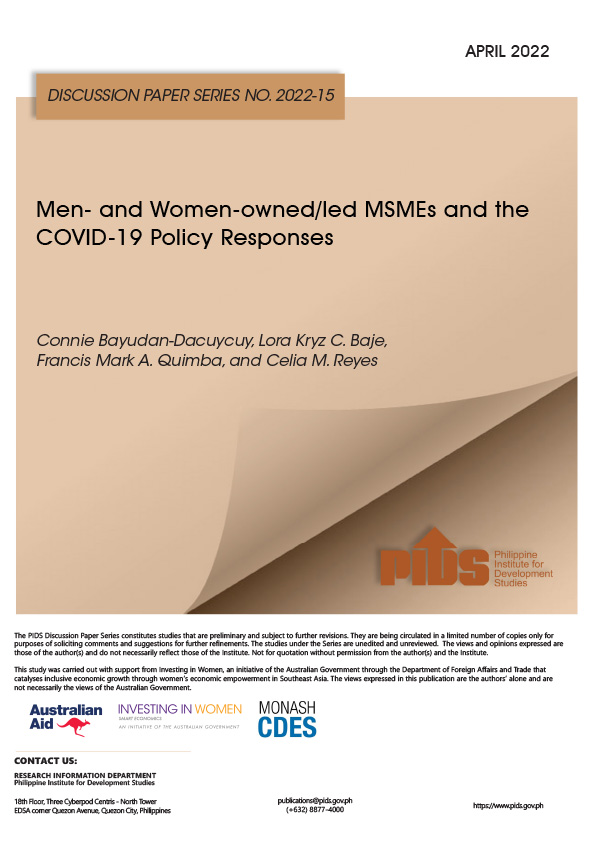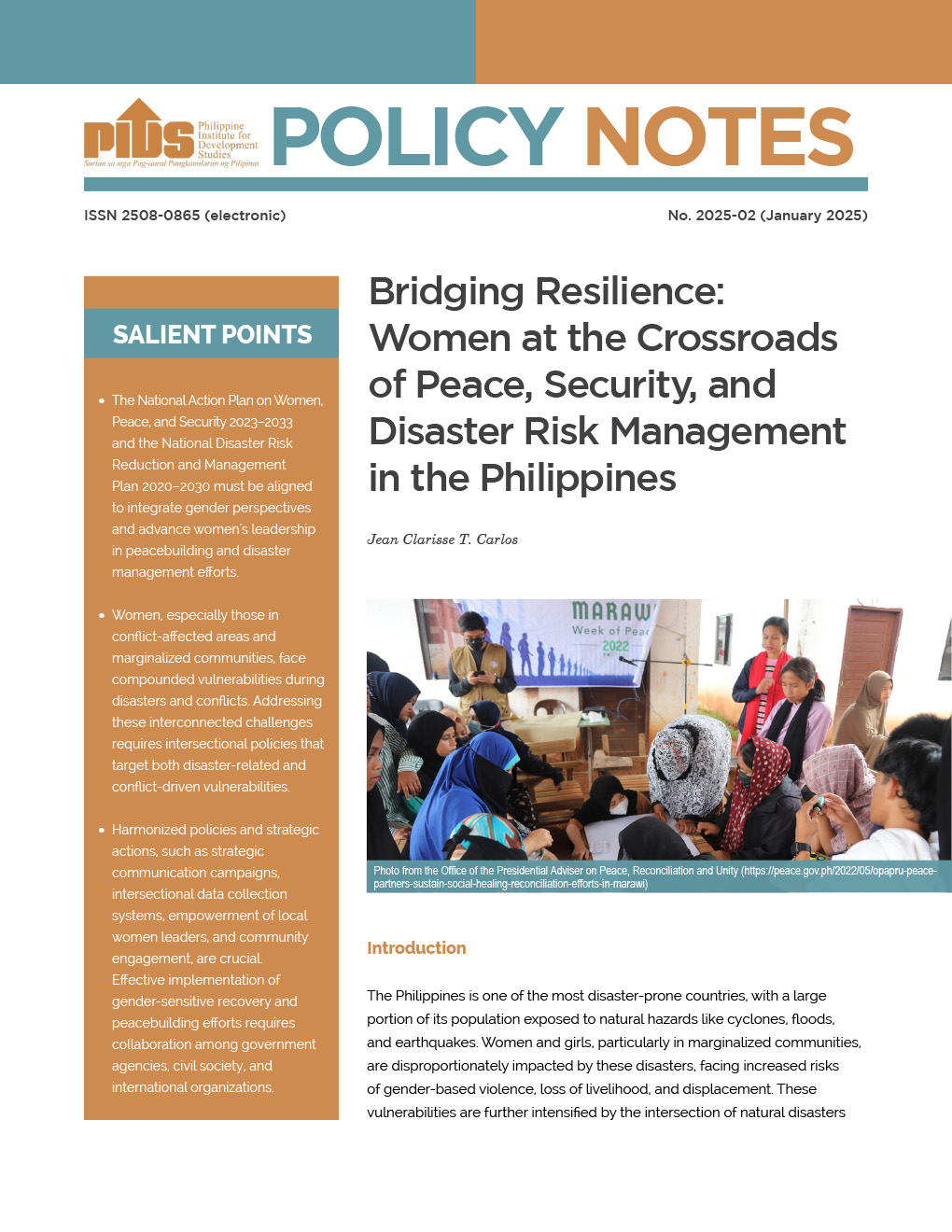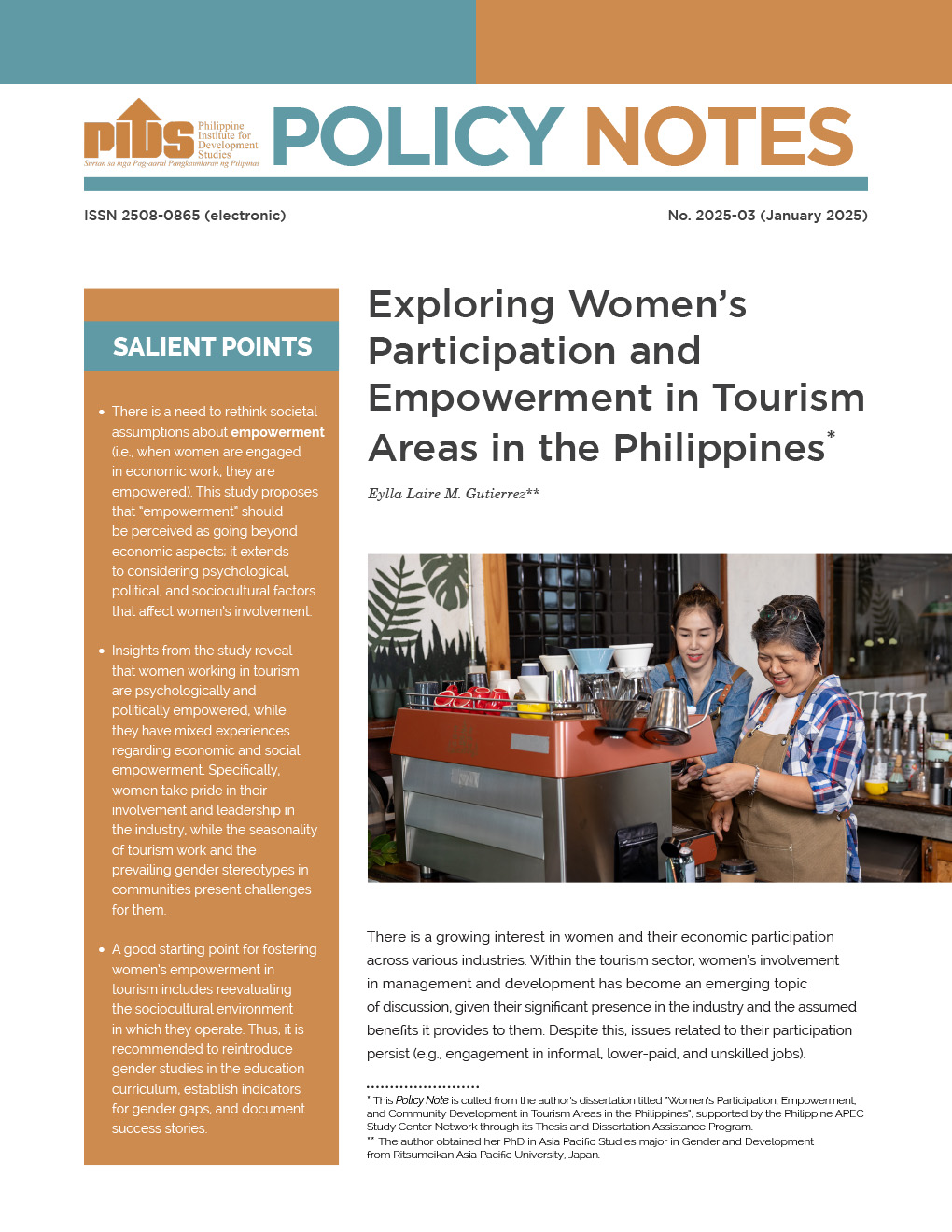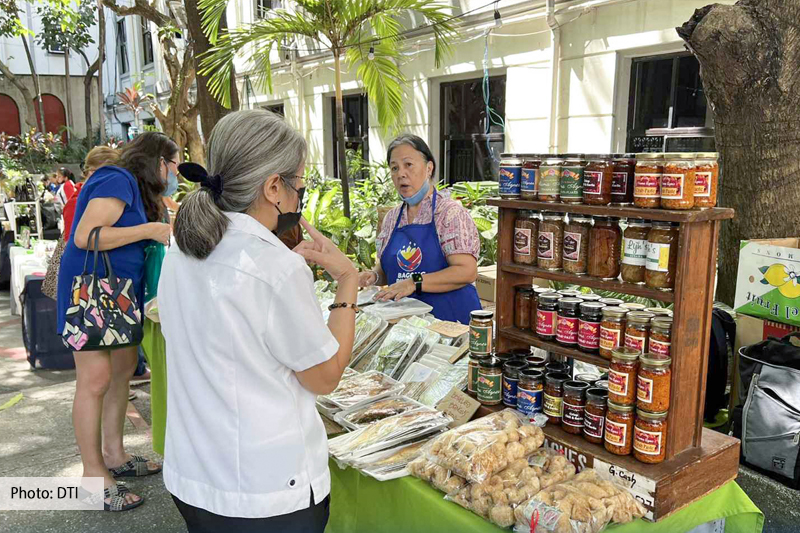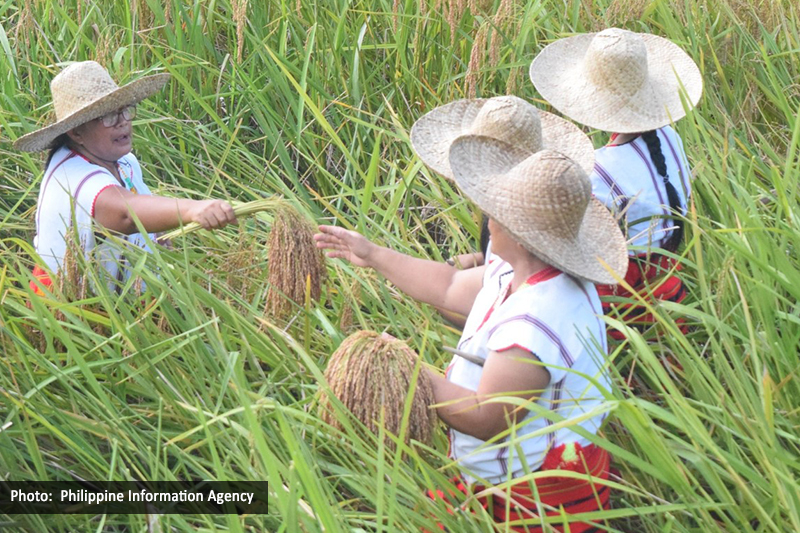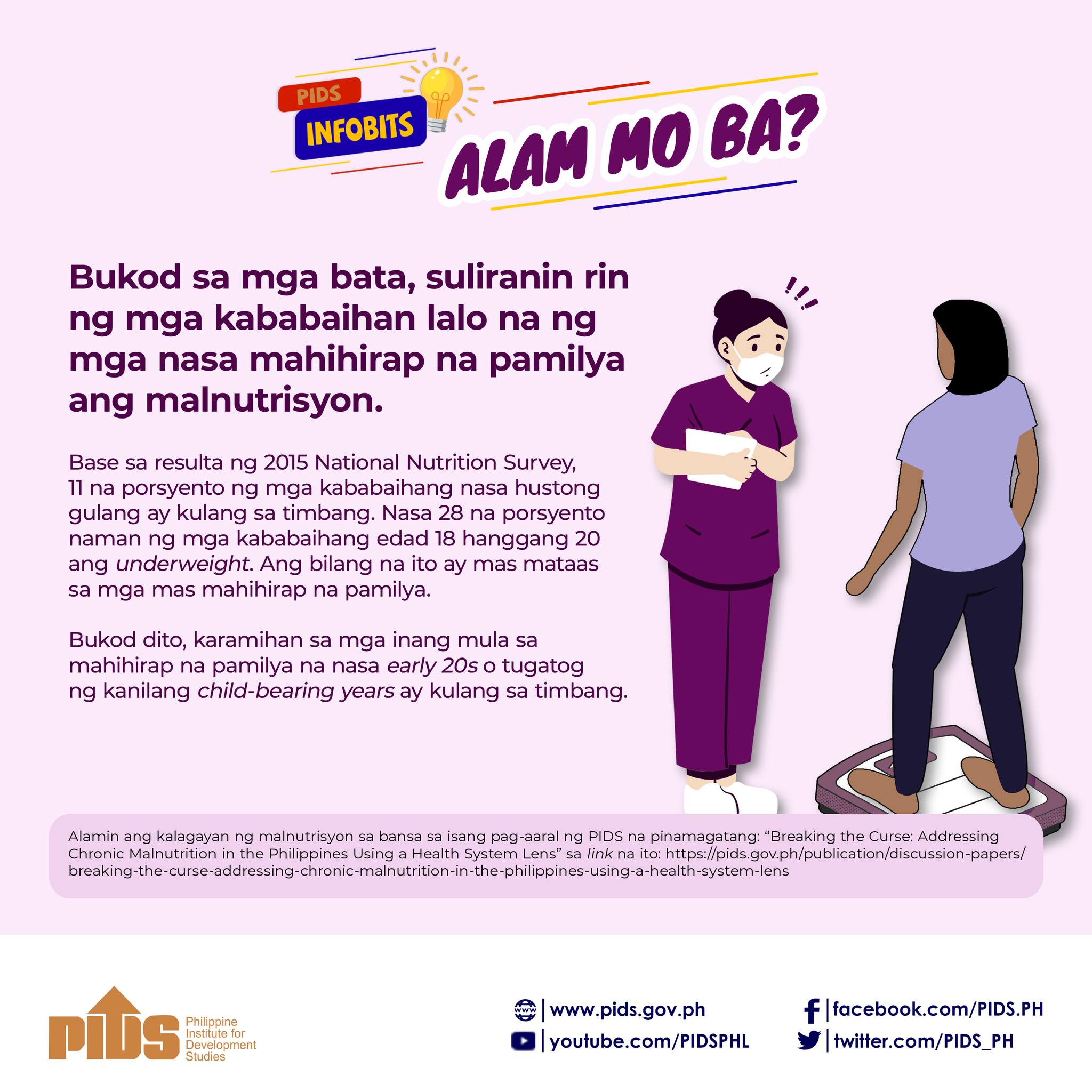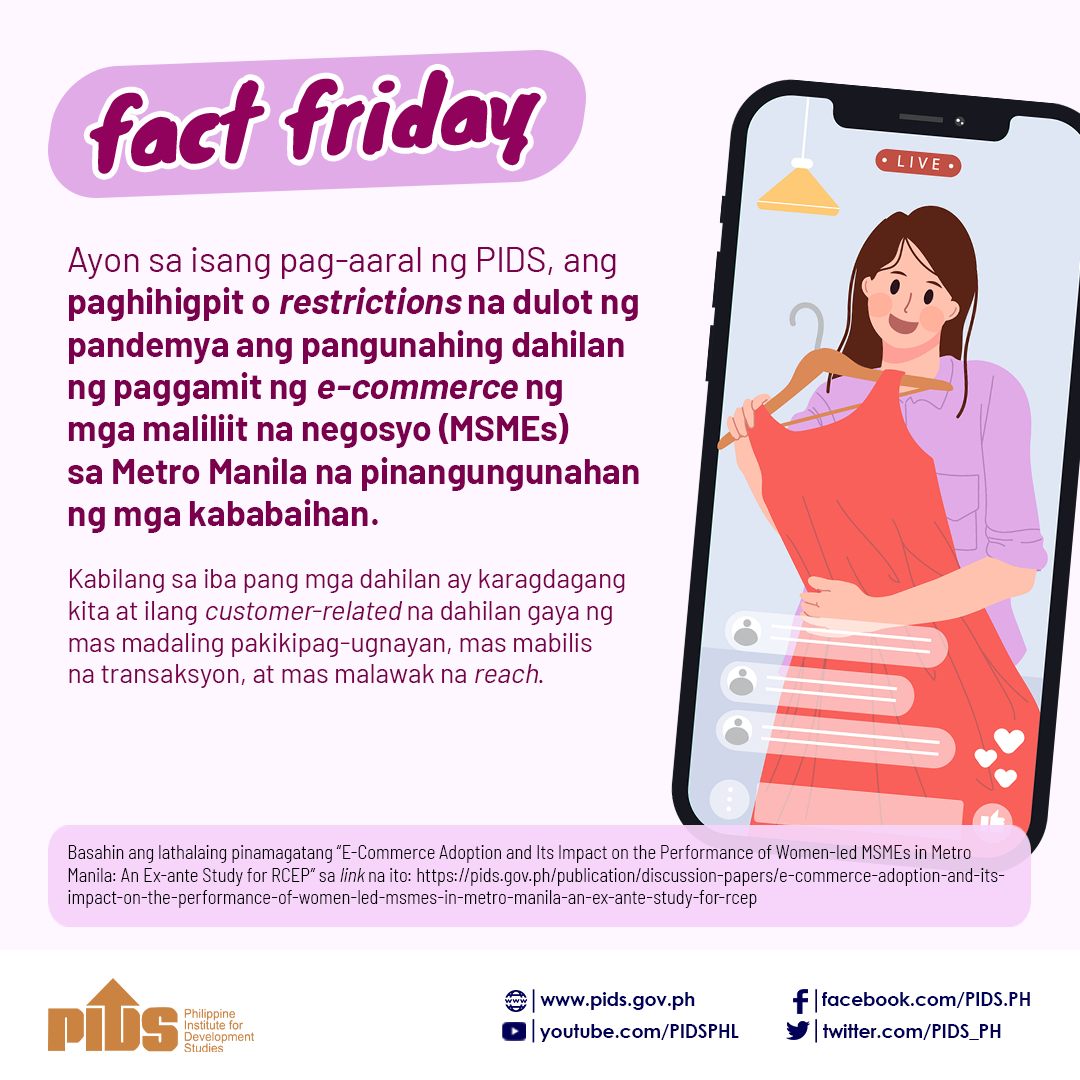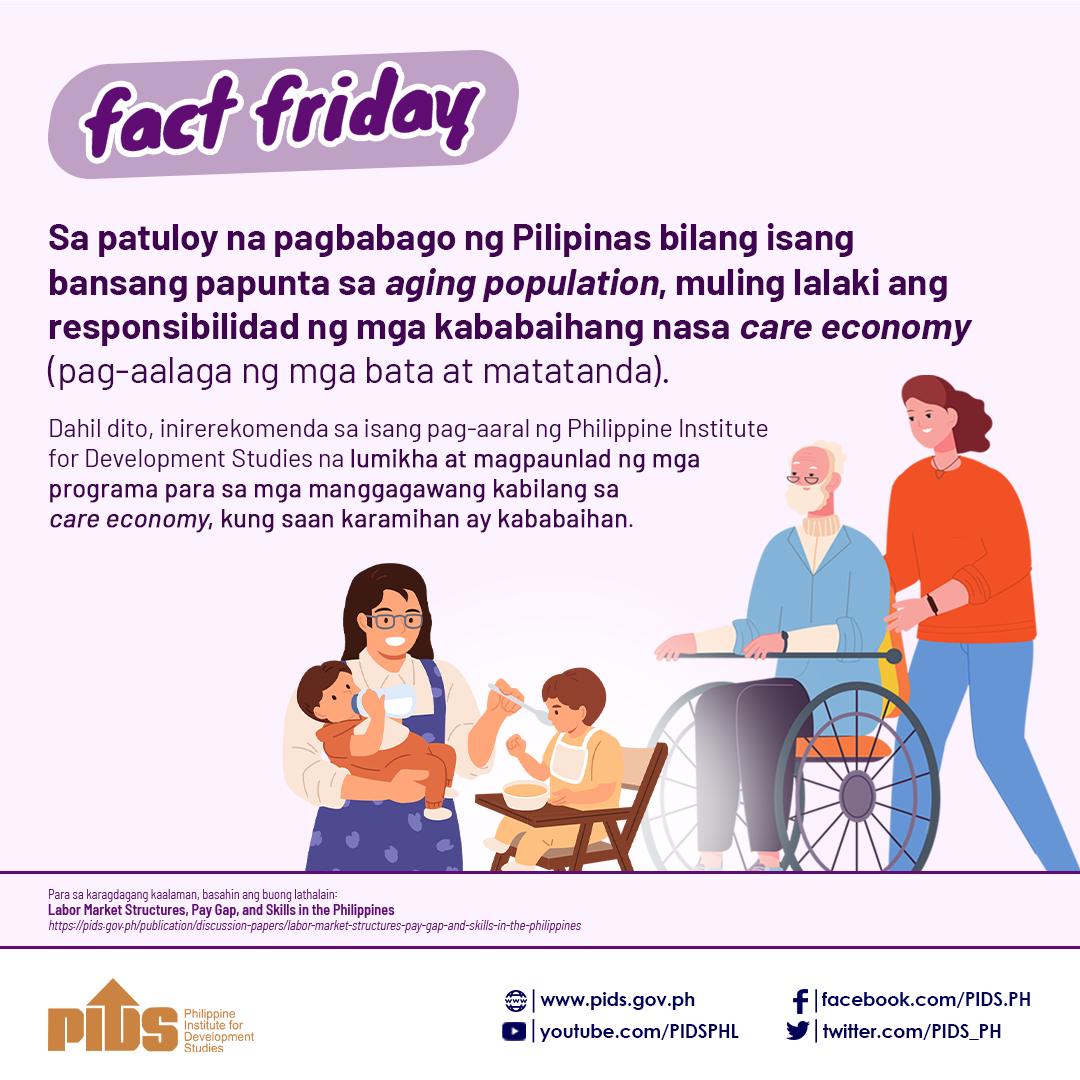
Cases of violence against women and children (VAWC) in the country show only a slight decrease in numbers despite the implementation of laws penalizing such offense, according to a recent study of the Philippine Institute for Development Studies.
Citing data from 2008 to 2013, authors Clarissa David, Jose Ramon Albert, and Jana Flor Vizmanos reported a slight drop of VAWC incidence from 7.3 percent in 2008 to 5.6 percent in 2013. Most of these abuses, they noted, were experienced in the hands of closest family members or relatives, such as partners or parents.
Moreover, a 2017 national survey commissioned by the United Nations Children’s Fund, done through the Council for the Welfare Children, also revealed the experience of children and youth on physical violence is at 62.5 percent (particularly among girls), while 1.9 percent were reported to have experienced severe physical violence, and 2.3 percent have fallen victims to severe sexual violence. Also, recorded are cases of cyberviolence which is at 42.2 percent.
Of the high rate reported on physical violence, the majority of incidences for both young boys and girls are related to corporal punishments, such as spanking, hair pulling, and ear twisting. A large number (30%), on the other hand, experienced more severe violence like slapping, kicking, smothering, tying, and burning.
Further, David et al. disclosed that sexual abuse is rampant on children between ages 13 and 18, with 17.1 percent of them involved in some form of sexual abuses such as inappropriate touching and groping. Meanwhile, 1.8 percent of youths in this age bracket have also been victims of cyberviolence. The most alarming discovery, according to the authors, is that an estimated 2.5 percent of children were reported to have shown their sexual activities or nude bodies on the internet.
The authors identified the main causes of violence in women and children as poverty, low educational attainment, and lack of community support. Disasters, too, can increase the incidence of VAWC. They explained that the displacement in communities often create opportunities for human trafficking and sex trade.
To resolve or minimize domestic abuses and other forms of violence on women and children, the study urged government to focus on women empowerment and allocate funds for the provision of comprehensive health services to VAWC victims, which should include psychosocial, therapeutic, medical, and legal interventions and assistance.
While stricter statutes like the Anti-Rad Tape Law (Republic Act 8353), Anti-VAWC Law, and the Magna Carta for Women are already in effect, the authors proposed for the implementation of more preventive measures and programs to address not only VAWC issues but also trafficking and harassment.
They also recommended for LGUs and relevant national agencies such as the Department of Social Welfare and Development, Department of Health, and the Philippine Commission on Women to establish an action plan on how to establish, operate, and continuously fund shelters for women and children who were victims of violence and exploitation. ###
If you wish to know more about this study, you may download a copy of the policy note from the PIDS website.
Citing data from 2008 to 2013, authors Clarissa David, Jose Ramon Albert, and Jana Flor Vizmanos reported a slight drop of VAWC incidence from 7.3 percent in 2008 to 5.6 percent in 2013. Most of these abuses, they noted, were experienced in the hands of closest family members or relatives, such as partners or parents.
Moreover, a 2017 national survey commissioned by the United Nations Children’s Fund, done through the Council for the Welfare Children, also revealed the experience of children and youth on physical violence is at 62.5 percent (particularly among girls), while 1.9 percent were reported to have experienced severe physical violence, and 2.3 percent have fallen victims to severe sexual violence. Also, recorded are cases of cyberviolence which is at 42.2 percent.
Of the high rate reported on physical violence, the majority of incidences for both young boys and girls are related to corporal punishments, such as spanking, hair pulling, and ear twisting. A large number (30%), on the other hand, experienced more severe violence like slapping, kicking, smothering, tying, and burning.
Further, David et al. disclosed that sexual abuse is rampant on children between ages 13 and 18, with 17.1 percent of them involved in some form of sexual abuses such as inappropriate touching and groping. Meanwhile, 1.8 percent of youths in this age bracket have also been victims of cyberviolence. The most alarming discovery, according to the authors, is that an estimated 2.5 percent of children were reported to have shown their sexual activities or nude bodies on the internet.
The authors identified the main causes of violence in women and children as poverty, low educational attainment, and lack of community support. Disasters, too, can increase the incidence of VAWC. They explained that the displacement in communities often create opportunities for human trafficking and sex trade.
To resolve or minimize domestic abuses and other forms of violence on women and children, the study urged government to focus on women empowerment and allocate funds for the provision of comprehensive health services to VAWC victims, which should include psychosocial, therapeutic, medical, and legal interventions and assistance.
While stricter statutes like the Anti-Rad Tape Law (Republic Act 8353), Anti-VAWC Law, and the Magna Carta for Women are already in effect, the authors proposed for the implementation of more preventive measures and programs to address not only VAWC issues but also trafficking and harassment.
They also recommended for LGUs and relevant national agencies such as the Department of Social Welfare and Development, Department of Health, and the Philippine Commission on Women to establish an action plan on how to establish, operate, and continuously fund shelters for women and children who were victims of violence and exploitation. ###
If you wish to know more about this study, you may download a copy of the policy note from the PIDS website.

